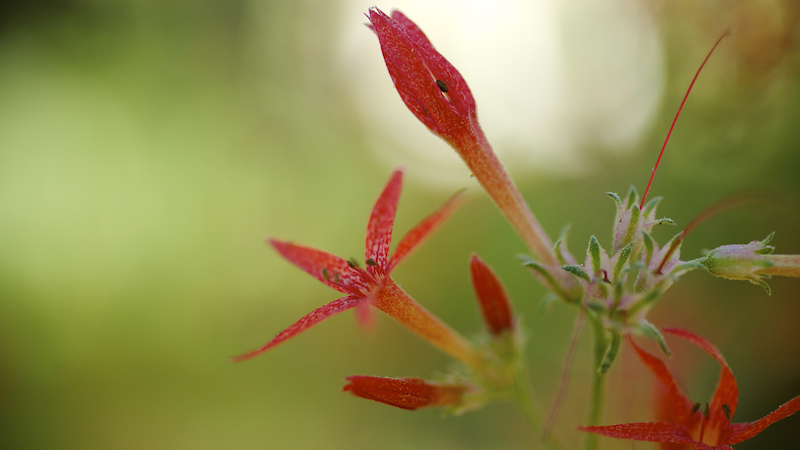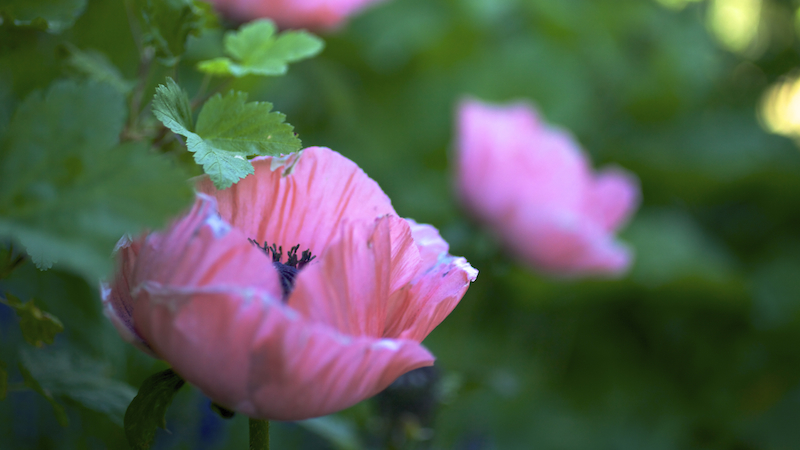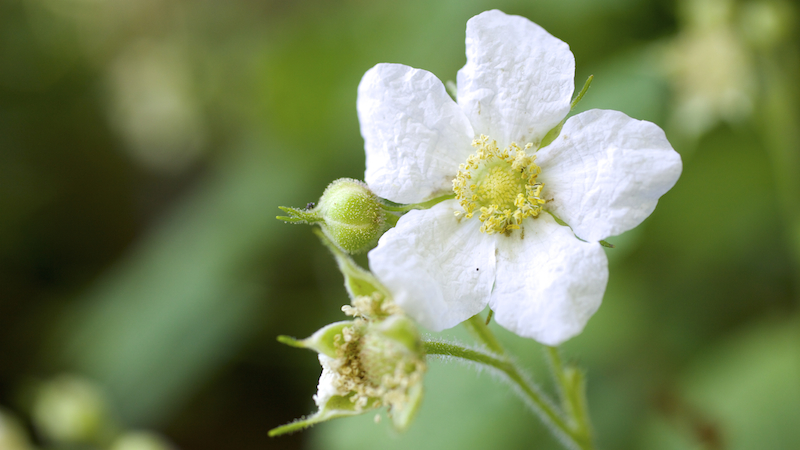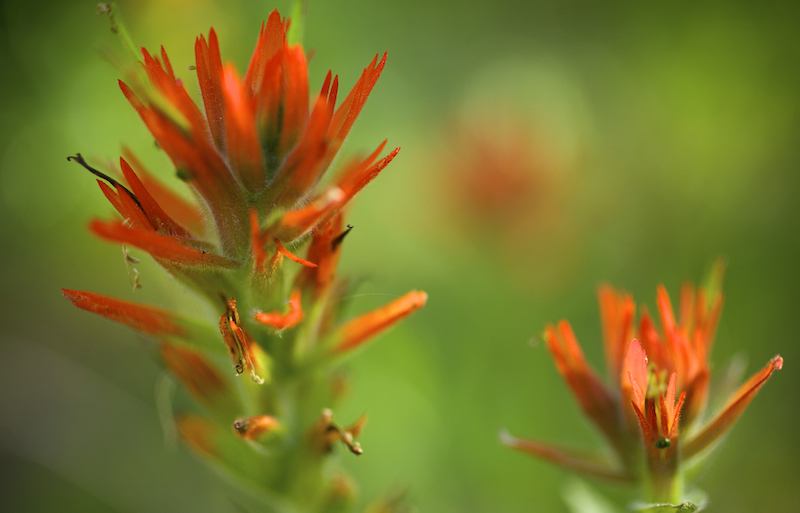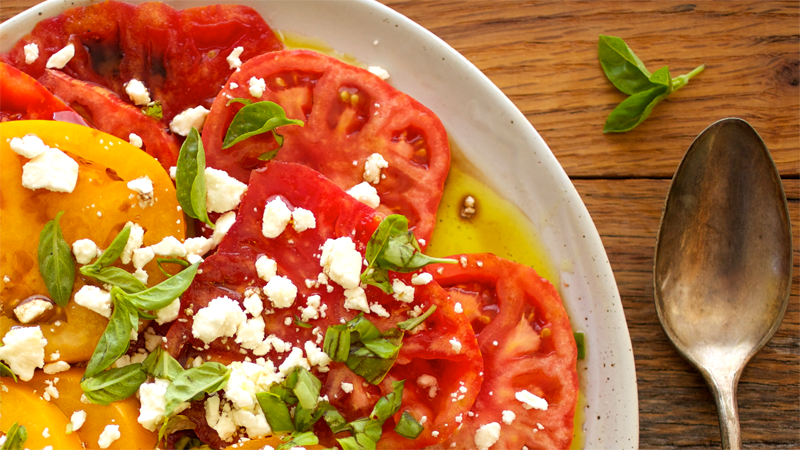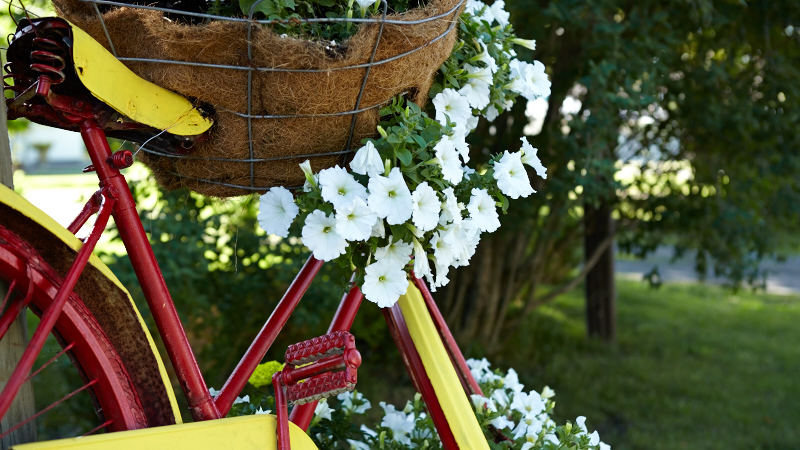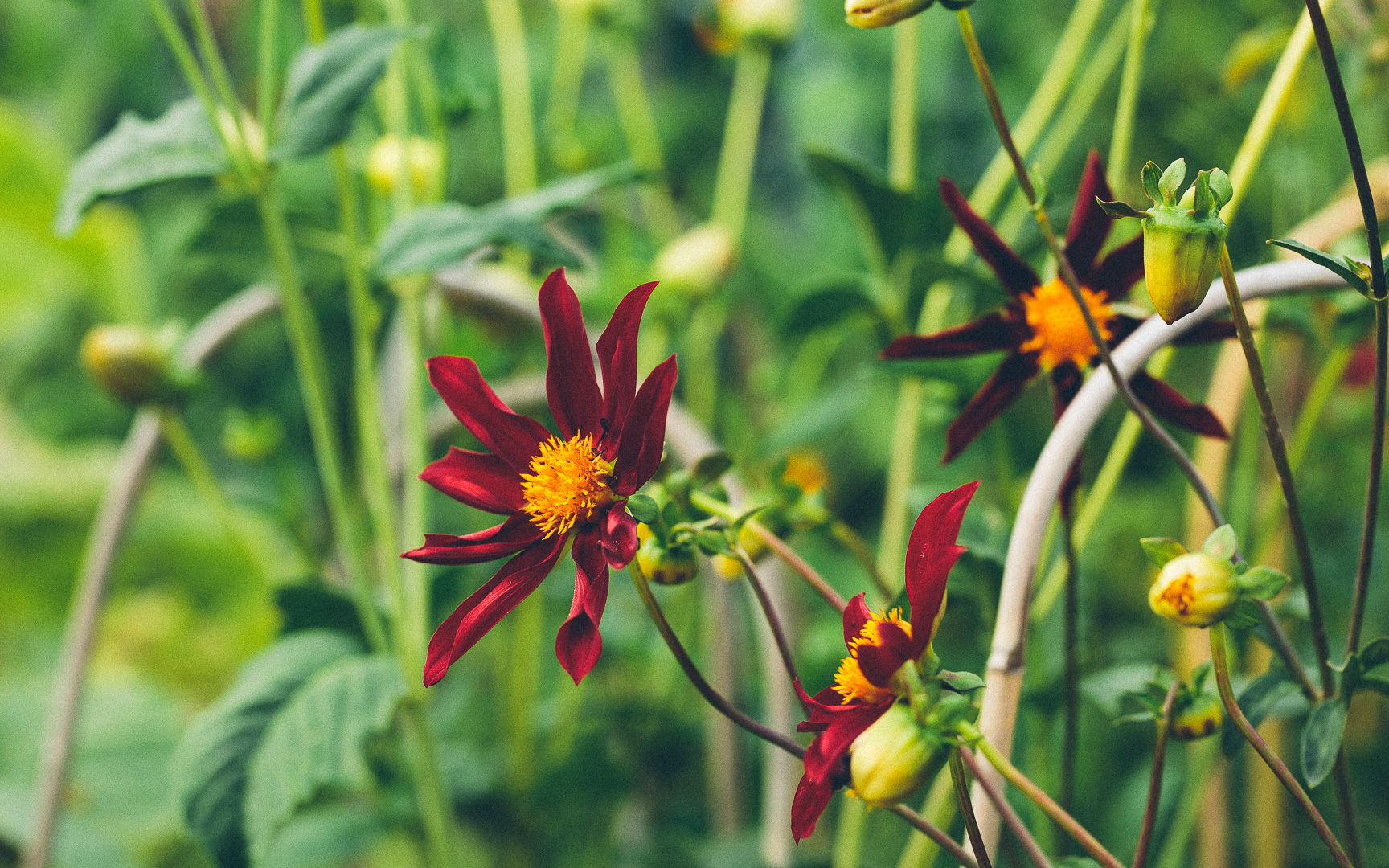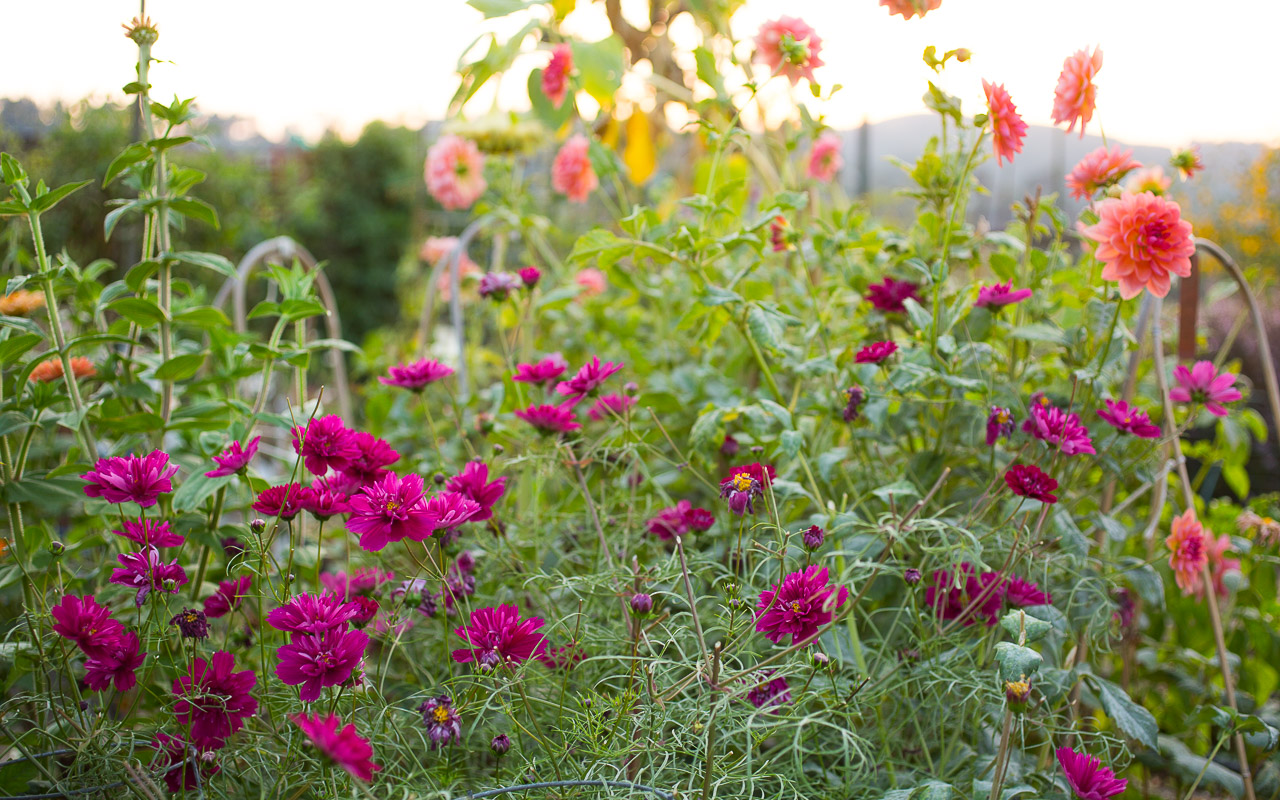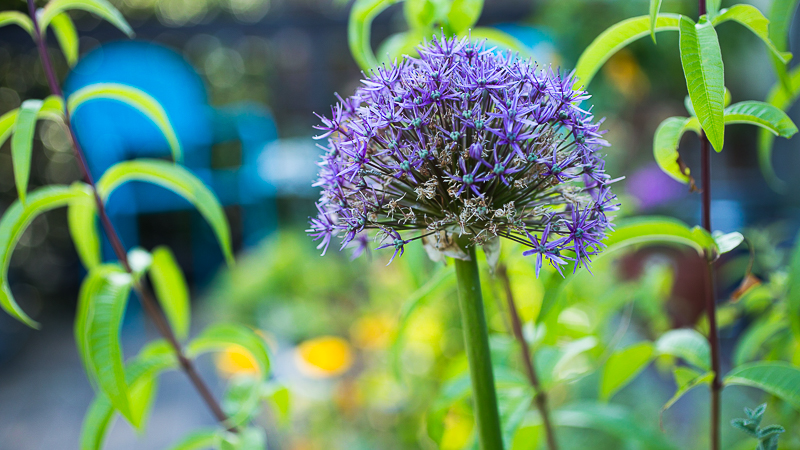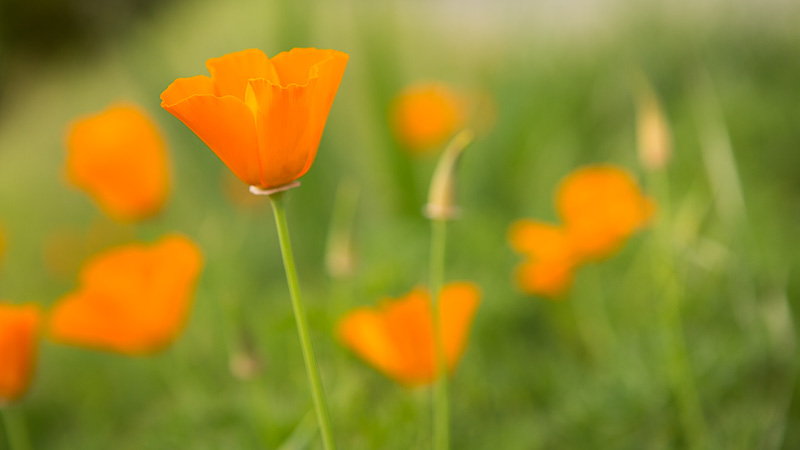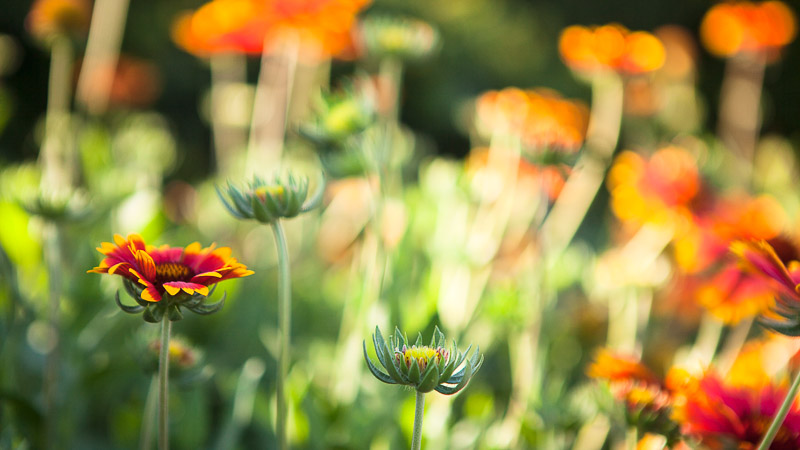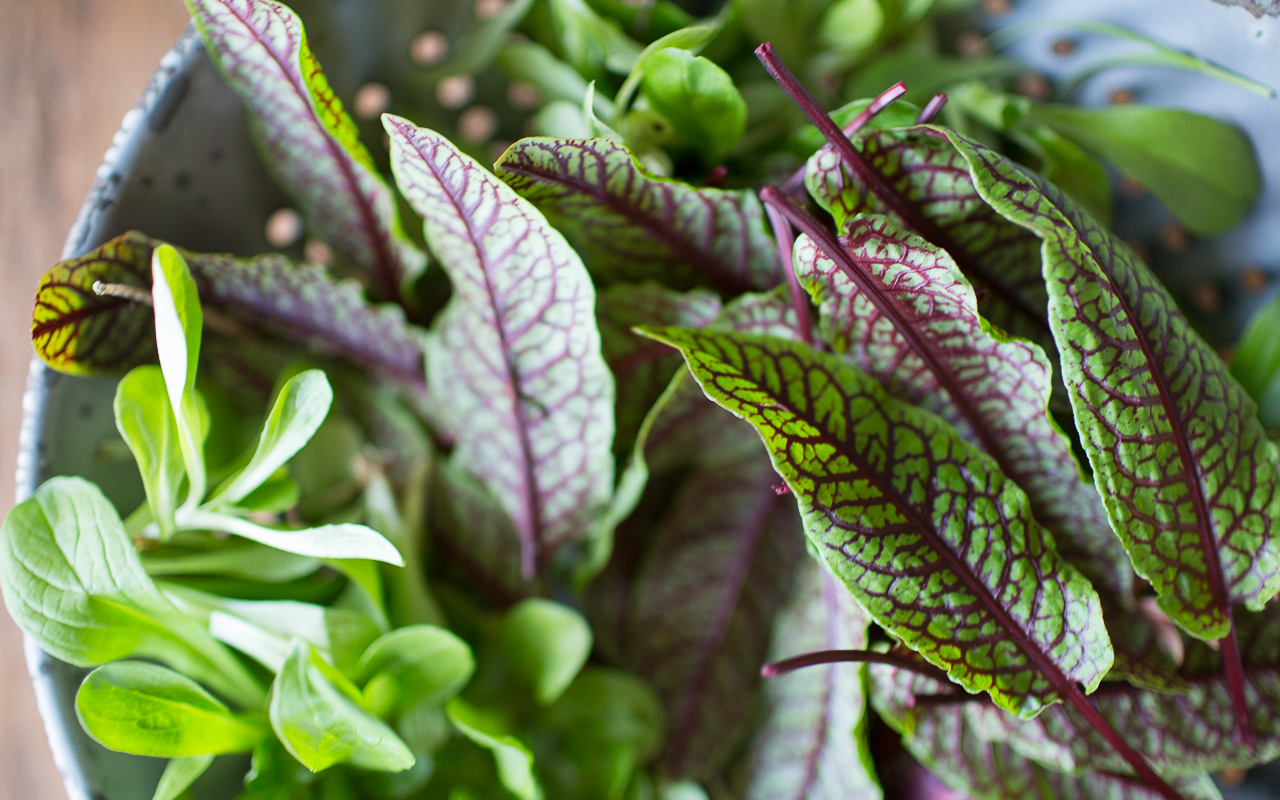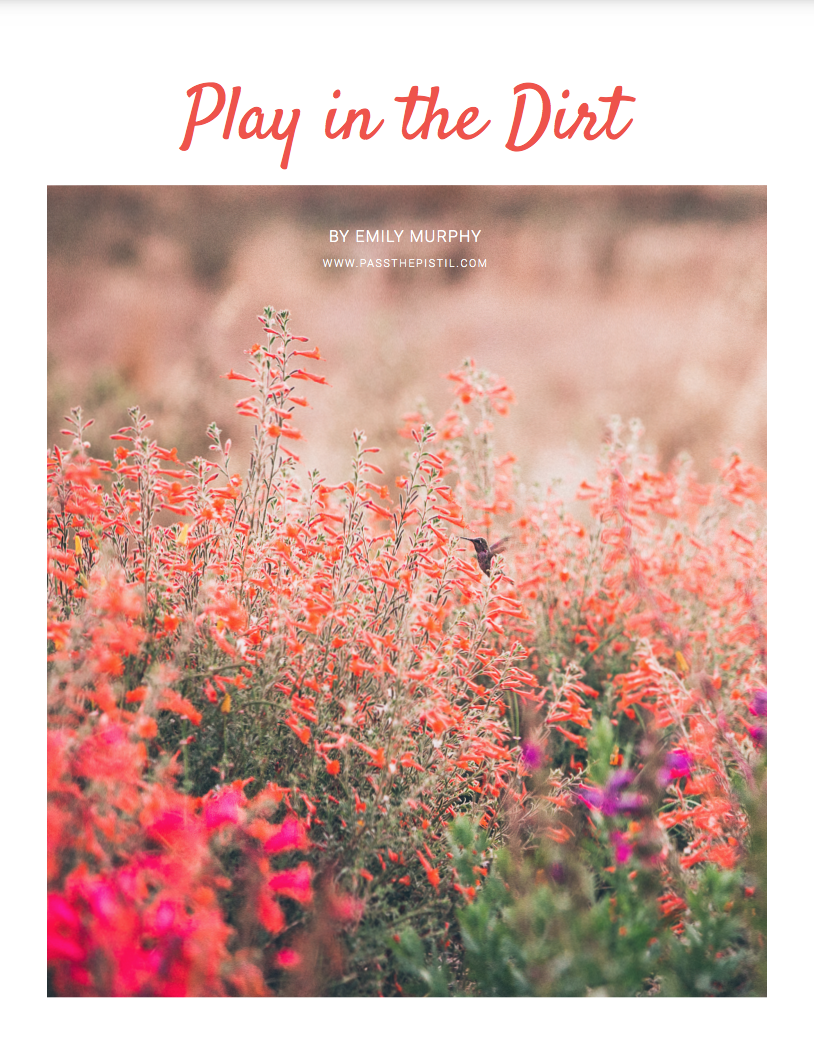More Friday Flowers
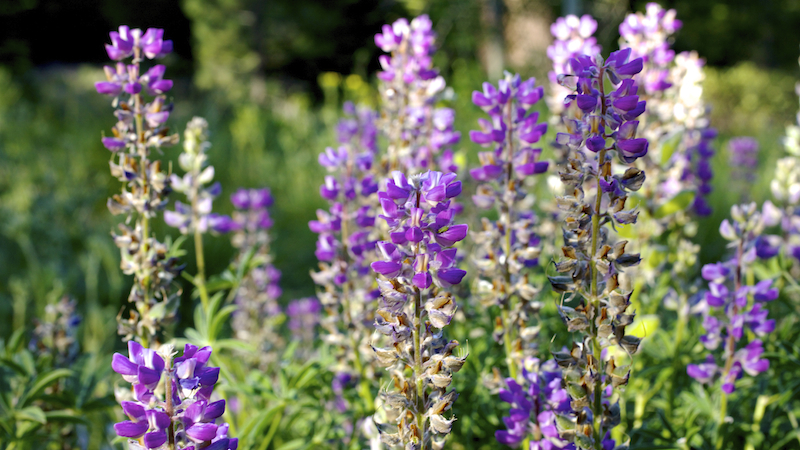
I think I might crave flowers as much as certain, before mentioned, fruits and veggies. They go hand-in-hand. It might be tomato eating season but it’s also game-time for blooms. My chance to glimpse poppies, wildflowers and dote on loads of other July show stealers.
Here are just a few from this week. Some going nearly unnoticed until tripped over and then, wow. Resilient, intricately detailed and thriving in a high mountain desert region with year-round, cold night time temps, USDA Hardiness Zone 6b.
Lupines are the gift that keep on giving, tolerating poor soils and feeding bees with persistent blooms. This native bunch is growing throughout a meadow and their cousins, Big Leaf Lupine, are just around the corner, making waves in a perennial bed.
Scarlet gilias, aka skyrocket or Ipomopsis aggregata, are the sneak surprise. Deceivingly delicate and smashingly understated. Doing what they do.
Then there are these poppies. Some of the first to be planted and outliving many of their counterparts. They’re early bloomers, surviving 20 foot snow loads, vole and bunny attacks. Hanging in there with the earlier flowering natives, looking amazing combined with Red Flowering Currants and Delphiniums.
I have to emphasize, this garden is not an easy place to live. The growing season is incredibly short and for zone 6b (often behaving like zone 5) it doesn’t have the benefit of warm summer nights like many other zone 6 areas.
So I rely on a handful of plants that are super durable like these and others, many native but others not, like Salvias and Digitalis. I can even enjoy a few that are considered weedy or invasive.
Like thimbleberries. They’re lumped onto the native but generally weedy and invasive list. Strongly recommended not to plant unless you want a garden of just thimbleberries. But if you love to forage and have a spot that can be contained (like you would for raspberries) it might be worth a try. I love them. They remind me of home. Gentle flowers becoming seedy, tart fruits and leaves that are fodder for the imagination. They make for a lush ground cover or filler for a semi-shady spot that is otherwise challenging to fill.
And finally, for this week, Indian Paintbursh or Castilleja. I grow it from seed or simply let it self-seed. Casting it about in wilder areas, further out from home where the managed beds meet the larger world of nature. It’s perfectly lovely in every nook and cranny and unlike thimbleberry won’t take over your garden but simply make it better. The trick is to know what it looks like when young so it’s not plucked before it has a chance to show-off.
Listen
Buy The Book
Special offers
Newsletter Signup

Archives
Disclosure
Pass The Pistil is a participant in the Amazon Services LLC Associates Program and other affiliate programs such as Etsy, affiliate advertising programs designed to provide a means for sites to earn fees by advertising and linking to curated affiliate sites.


